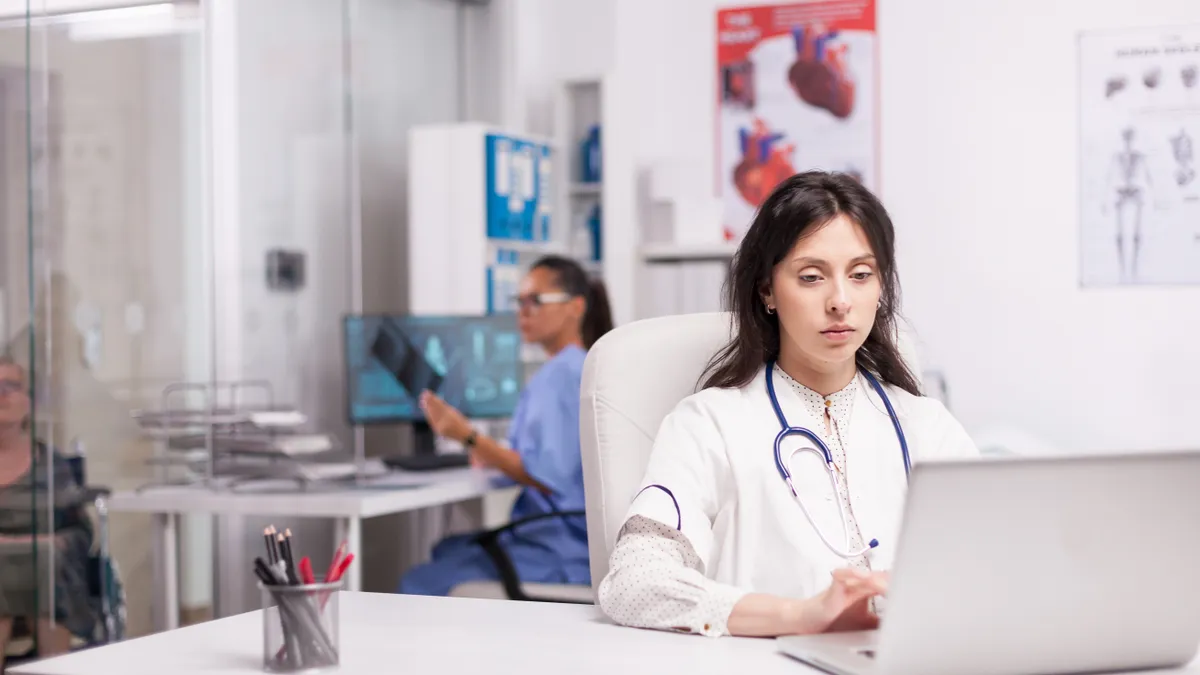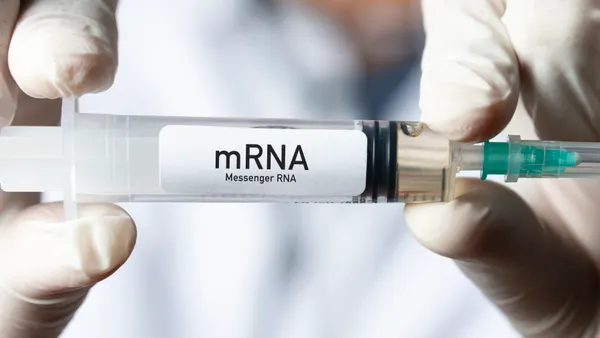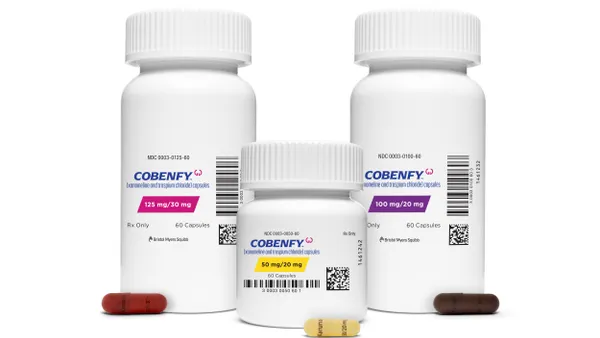Safety monitoring – the reporting, tracking and adjudication of potential adverse events (AEs) – is vitally important to all clinical trials. Studies rely on formal safety monitoring workflows, with well-established tools for supporting them.
One of the most common starting points for this workflow is a patient visit – when a patient shares the details of an experience with a clinician at an investigative site. From there, the site takes responsibility for passing on the information for further analysis. This face-to-face channel will always be critical to any safety monitoring plan.
But what if there were other ways to achieve faster, more accurate reporting? And what role could ePRO play in making that happen?
There are two primary opportunities for ePRO to add significant value to safety monitoring in clinical trials.
The first opportunity is proactive outreach to surface potential safety events.
With an ePRO platform that runs on patients' own smartphones, it's possible to automate regular touch points. Proactive alerts might include a one-question, once-daily check-in or a weekly questionnaire about a sign or symptom that requires close monitoring. Or the platform could remind patients of an always-available diary where they can report feedback at any time. The ePRO platform can then alert the site when any patient reports pain or other symptoms that could signify a potential AE.
The second opportunity is to use passive monitoring in the form of geofencing.
Unlike geotracking, geofencing does NOT continuously monitor a patient's location. Rather, it sends an alert when a patient's smartphone, including the ePRO app, breaches a virtual "fence" around a healthcare clinic or hospital. The ePRO platform's chat bot will automatically ask the patients to confirm their location and the reason for the visit. Right from their smartphone, the patient answers a few brief questions, and depending on the responses, the site may need to follow up.
Whether potential issues are identified through proactive touch points or passive monitoring, the right ePRO platform provides two other significant advantages: automated reporting and virtual visits.
Automated reporting helps ensure that information is comprehensive and accurate. Using virtual visits eliminates the need for in-person appointments. Both reduce the risk that you're missing potential safety events, enable a timelier response to potential issues and support a more convenient patient experience.
In other words, it's time for ePRO take a larger role in safety monitoring – with an ePRO platform that helps shift safety monitoring from "wait and see" to "know and do."








